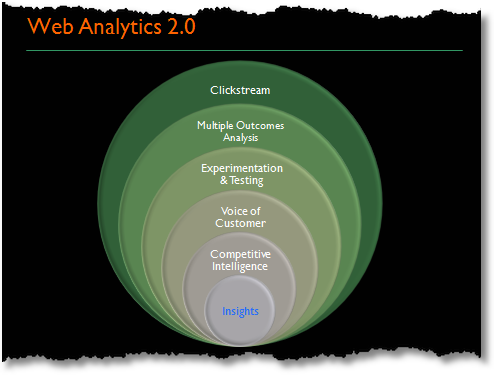
via cmo.com
Contemporary blog-essays and musings discussing web trends, user experience, transmedia and digital strategies.
OK, so it's not quite that women are dominating, but we are adding our own little 'touches'. It's no huge surprise to me that women are of the higher participants of social media - it's in our DNA to be more social then men. I've read from biological researchers that our socialisation is linked to our survival instincts.
Anyway, I'm glad that more women are finding their niche within digital technologies and I predict that once more women realise there's something in it for them we'll see a massive influx of women working in digital media.
A change that will improve things significantly because we can hear from both voices in equal volume. Publications such as Wired, are heavily male-centric - the articles are mostly gender-neutral, but the ads are assuming that only men are reading the mag; which is not the case.
I reckon women will be leading in the new roles associated with social media; which is very exciting. Roles such as: Online PR, Online Community Manager, etc.
 I'm a HUGE fan of Apple - my Mac Book is the best laptop I've ever owned and I can't live without my 2 iPods. I would own an iPhone if I weren't living out of country - being a foreigner means most phone plans are totally unreasonable (i.e. minimum 2 year contract when my visa is only for a year, etc.).
I'm a HUGE fan of Apple - my Mac Book is the best laptop I've ever owned and I can't live without my 2 iPods. I would own an iPhone if I weren't living out of country - being a foreigner means most phone plans are totally unreasonable (i.e. minimum 2 year contract when my visa is only for a year, etc.).
Anyway, I think most people are gaga for Apple, but I wonder if the iPad is really a necessary device. Is this a case of product for the sake of a new product, or is this a technological revolution?
As a marketer I have to make a choice about the work I produce. If a potential client comes to me and wants help selling a product I need to be 100% behind the value of that product. Because I need to believe that there are people who will benefit from it.
I believe that we live in an overly populated world of gadgets and junk. A trip to a local garage sale will give you a taste of it or a journey across the vast garbage dumps of the world with little to no ability to cope with Western society's obsession with over consumption. We buy too many things we don't need, and there is a very real price to pay for it.
Reading this article by Eliot Van Buskirk from Wired Magazine I'm still not 100% convinced about the value of the iPad. I think music LPs is a very interesting concept and digital magazines have always intrigued me, but do we need yet another device for these types of digital possibilities?
What if instead of an iPad we had a macbook air with a twistable display? You could turn it into a template or use it as a notebook- I'm holding out for the hybrid that does both.
"By Eliot Van Buskirk"
- Can Apple’s iPad Save the Media After All? | Epicenter | Wired.com (view on Google Sidewiki)
Other articles on the environment implications of our techology:
The Story of Apple's Environmental Footprint
The Ecological Footprint of eBooks
Knowmore.org


...definitely bad etiquette having any sort of media start automatically. A glittery animation makes sense and will draw the eye to the rich content.
In terms of having a tag cloud- I do recommend these. Not only can you optimise more keywords, but most people don't perform searches in search boxes (unless they're conducting a search on Google or Yahoo) because most people lack trust in the internal search to propagate the content they're after (mostly because of semantics- you say tomato I say tamato). A tag cloud negates semantics and helps a user by serving up more ideas for items to look for.
If it comes down to needing to eliminate elements - the main rule of thumb is the bottom line "will this end in a sale?" - content for the sake of content is not more important then merchandise.
Also, in 4-6 months you'll likely want to make a few changes and modify certain elements. The canvas is never complete- there will be plenty of opportunities to make adjustments and refinements. The best way to determine what to keep and what to get rid of is the analytics from user behaviour- we can make all kinds of assumptions about what will have the most impact now, but the best director is consumer behaviour.
"You can’t improve what you don’t understand.” – Avinash Kaushik


“Let data, not opinions, drive decisions.” – Avinash Kaushik
“A great city is that which has the greatest men and women.” – Walt WhitmanExperts in social media warn against creating a community with no purpose or specific intent. A thriving community needs a purpose and a positive, encouraging leader to evoke a sense of pride in participation. The greatest asset of a community is its members.
